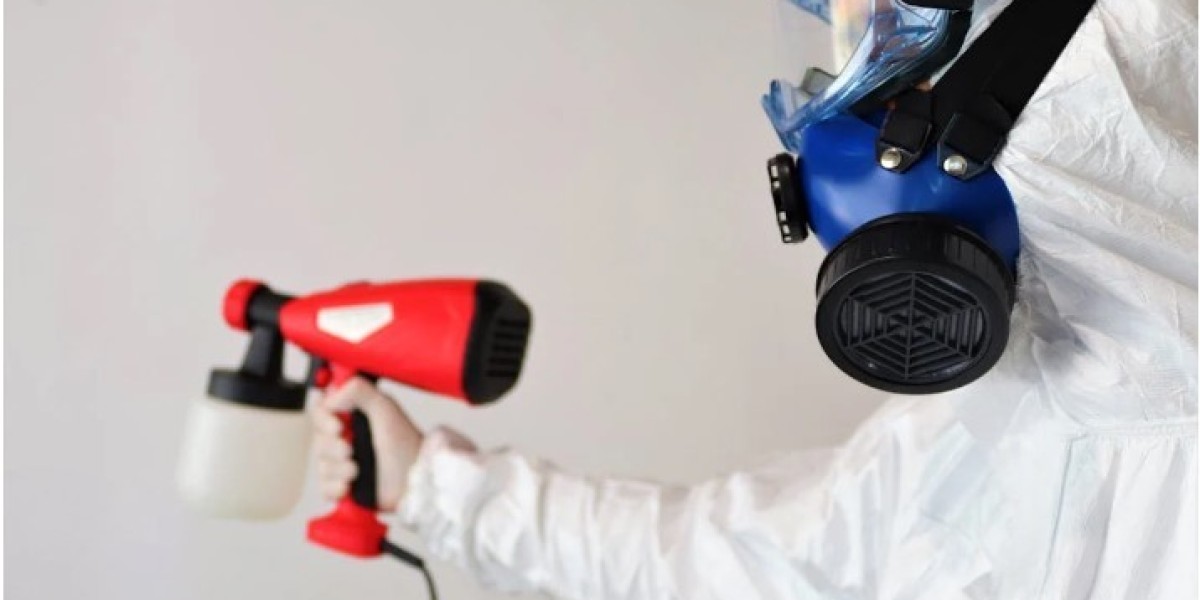What is Mold and Why is it a Problem?
Mold is a type of fungus that thrives in damp, warm environments. It reproduces by releasing tiny spores that float through the air and settle on surfaces, where they begin to grow and spread. While some molds are harmless, others can cause serious health issues and structural damage to your home.
The key issue with mold is that it can grow almost anywhere – from walls and ceilings to carpets, furniture, and even behind appliances. If left untreated, mold can lead to respiratory issues, allergies, and other health problems, particularly in those who are already vulnerable, such as children, the elderly, and individuals with weakened immune systems.
The Common Signs of Mold
One of the reasons homeowners often overlook mold is that it can be tricky to detect. Mold doesn't always present itself in obvious ways, and sometimes, by the time it becomes visible, significant damage has already been done. Here are some common signs of mold:
- Musty odors: A persistent, unpleasant smell, especially in areas like basements or bathrooms, can indicate hidden mold.
- Discolored walls or ceilings: Dark spots or streaks may be a sign of mold growing behind walls or under paint.
- Respiratory issues: If you're experiencing frequent coughing, sneezing, or other allergy symptoms, mold might be the culprit.
- Warped or damaged materials: Mold growth often leads to warping or deterioration of wood, drywall, or other materials in your home.
The Hidden Dangers of Mold in Your Home
Many homeowners underestimate the dangers of mold because it often grows in hidden places. While it may seem like a cosmetic issue, mold can cause serious problems that affect both your health and your property. Here’s why hidden mold is a big concern:
Structural Damage
Mold can eat away at wood, drywall, and other building materials, weakening the structural integrity of your home. Over time, this can result in expensive repairs, as mold causes walls, floors, and ceilings to deteriorate.
Health Problems
Exposure to mold spores can trigger a range of health problems, from mild allergic reactions to serious respiratory issues. Mold exposure is particularly dangerous for individuals with asthma, allergies, or weakened immune systems. Some molds, such as black mold (Stachybotrys chartarum), produce toxins known as mycotoxins, which can cause more severe health issues, including neurological problems.
Reduced Property Value
If you’re planning to sell your home, the presence of mold can significantly reduce its value. Potential buyers will be wary of purchasing a home with a history of mold, as it can indicate poor maintenance or ongoing water damage issues.
DIY Mold Testing vs. Professional Mold Inspection
Some homeowners may be tempted to handle mold inspections on their own, but DIY mold testing kits are not as reliable as professional inspections. While a DIY kit may give you an indication of mold presence, it won’t provide a comprehensive analysis of where the mold is growing, how extensive the problem is, or what type of mold you’re dealing with.
A professional mold inspection involves a thorough assessment of your home, including areas that are often overlooked by homeowners. Inspectors use specialized equipment to detect mold in hidden areas, such as behind walls, under floors, or in air ducts.
Advantages of Professional Mold Inspections:
- Comprehensive inspection: Professionals have the tools and expertise to inspect your home thoroughly, ensuring no area is missed.
- Accurate results: Professional inspections provide detailed information about the types of mold present and their potential health risks.
- Preventative measures: Inspectors can identify moisture sources that may be contributing to mold growth and offer solutions to prevent future mold problems.
How Mold Can Affect Your Health
Mold exposure can lead to a variety of health problems, particularly for individuals with respiratory conditions or weakened immune systems. Even healthy individuals can experience adverse effects if exposed to mold for extended periods.
Common Health Symptoms of Mold Exposure:
- Allergic reactions: Sneezing, runny nose, red eyes, and skin rashes are common symptoms of mold exposure.
- Asthma attacks: Mold can trigger asthma symptoms, especially in individuals with pre-existing respiratory conditions.
- Respiratory infections: In more severe cases, mold exposure can lead to bronchitis or other respiratory infections.
- Fatigue and headaches: Some people may experience chronic fatigue, headaches, or dizziness as a result of mold exposure.
Why You Need a Professional Mold Inspection
While you might think your home is mold-free, there are several reasons why a professional inspection is essential:
Mold Can Grow in Hidden Places
Mold often grows in areas that are out of sight, such as behind walls, under flooring, or in attics and basements. A professional inspection can uncover these hidden mold colonies before they cause significant damage.
Not All Mold is Visible
Even if you don’t see mold, that doesn’t mean it’s not there. Mold spores can spread through the air and grow in areas that are difficult to detect without professional equipment.
Prevent Long-Term Damage
Catching mold early can save you from expensive repairs down the road. A professional inspection can identify moisture issues and mold growth before they cause structural damage to your home.
Protect Your Health
By addressing mold problems early, you can prevent health issues for you and your family. Mold exposure can worsen over time, leading to more severe symptoms and long-term health problems.
How to Prepare for a Mold Inspection
If you’ve decided to schedule a professional mold inspection, there are a few things you can do to prepare:
- Document problem areas: Make a note of any areas where you’ve noticed water damage, discoloration, or musty odors.
- Clean cluttered areas: Clear away clutter to give the inspector easy access to walls, floors, and other areas that need to be checked.
- Ensure proper ventilation: Make sure your home is properly ventilated, as poor airflow can contribute to mold growth.
Conclusion: Don’t Wait – Get a Professional Mold Inspection Today
Mold can be a silent intruder in your home, causing damage and health issues without you even knowing it. Even if you believe your home is mold-free, a professional mold inspection is a crucial step in ensuring your living environment is safe and healthy. The investment in a professional inspection is far less than the cost of mold remediation or the long-term health effects caused by mold exposure.
By taking action today, you can protect your home, your health, and your peace of mind. Don’t wait until mold becomes a serious issue – schedule a professional mold inspection and ensure your home stays mold-free for years to come.



